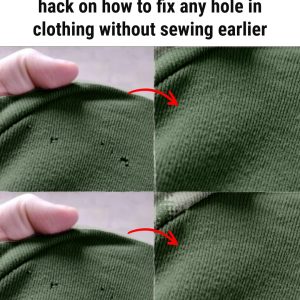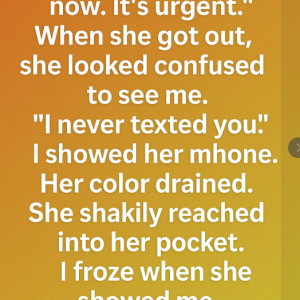
Many people leave their phone chargers plugged in around the clock, not realizing the hidden risks that come with this common habit. Even when a device isn’t connected, plugged-in chargers continue to draw what’s known as “vampire energy”—a slow, constant drain that not only adds to electricity bills but also puts unnecessary pressure on the power grid.
More concerning is the increased fire risk. Chargers, especially low-quality ones or those with frayed cords and damaged parts, can overheat if left plugged in for too long. This overheating can lead to electrical fires, often starting quietly and spreading quickly. Simply unplugging chargers when they’re not in use is a small step that can make a big difference in home safety.
There’s also the environmental impact to consider. Wasting energy for devices that aren’t even in use contributes to higher carbon emissions and accelerates wear and tear on chargers and outlets. Over time, that wear can lead to performance issues or even malfunctions, reducing the lifespan of your devices and costing you more in replacements.
Experts advise using high-quality, certified charging products and regularly checking for signs of damage. Incorporating smart habits, like plugging devices into power strips with switches or using smart plugs, makes it easy to disconnect multiple chargers at once and eliminate unnecessary energy use with a single click.
Adopting this small change helps reduce your environmental footprint, lowers your utility bills, and enhances safety at home. Unplugging might seem like a tiny gesture, but over time, it adds up to meaningful impact.





